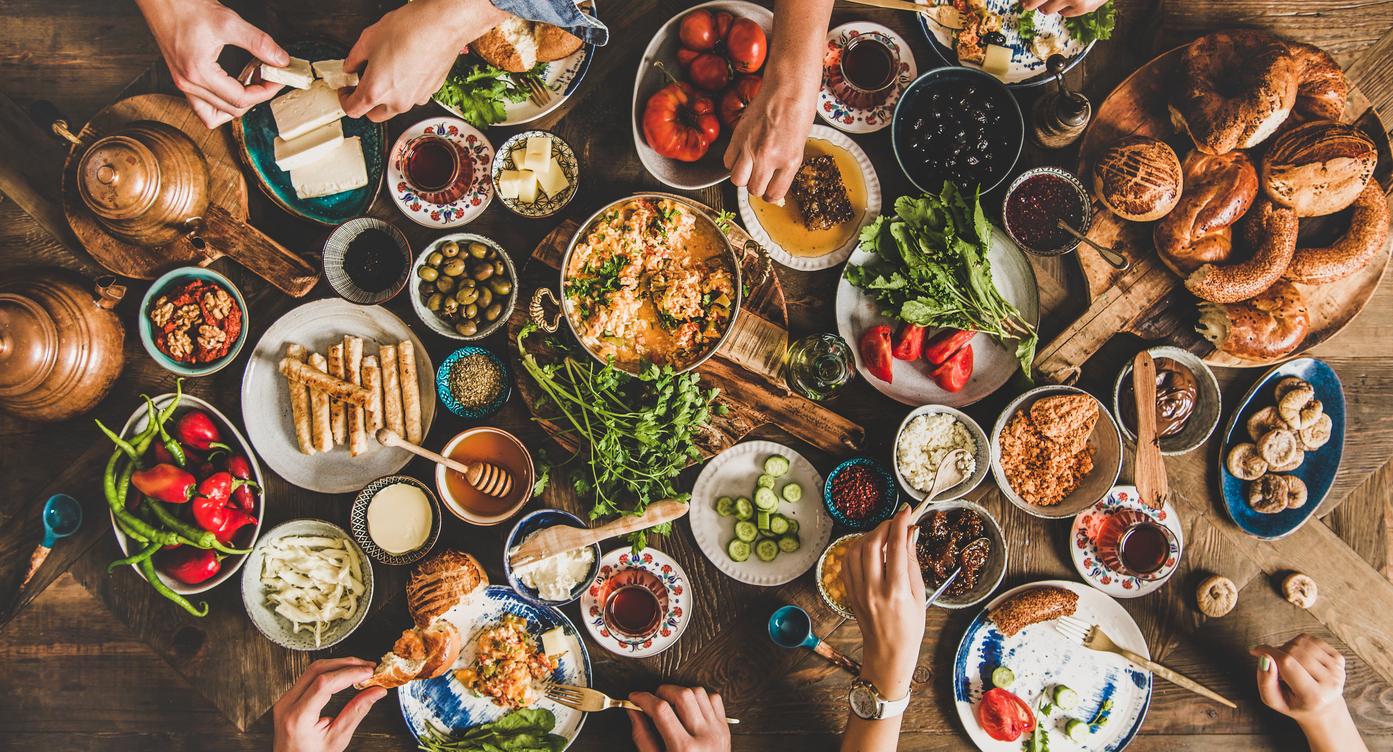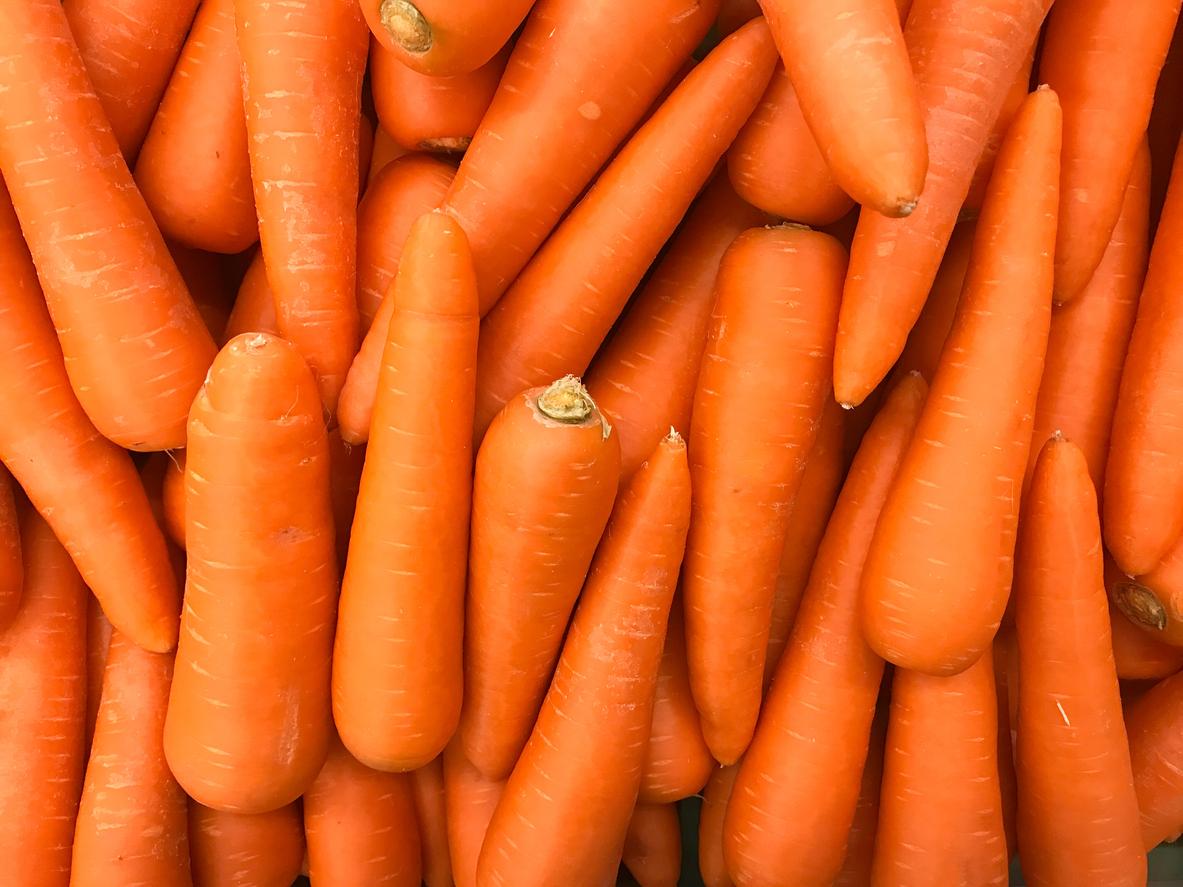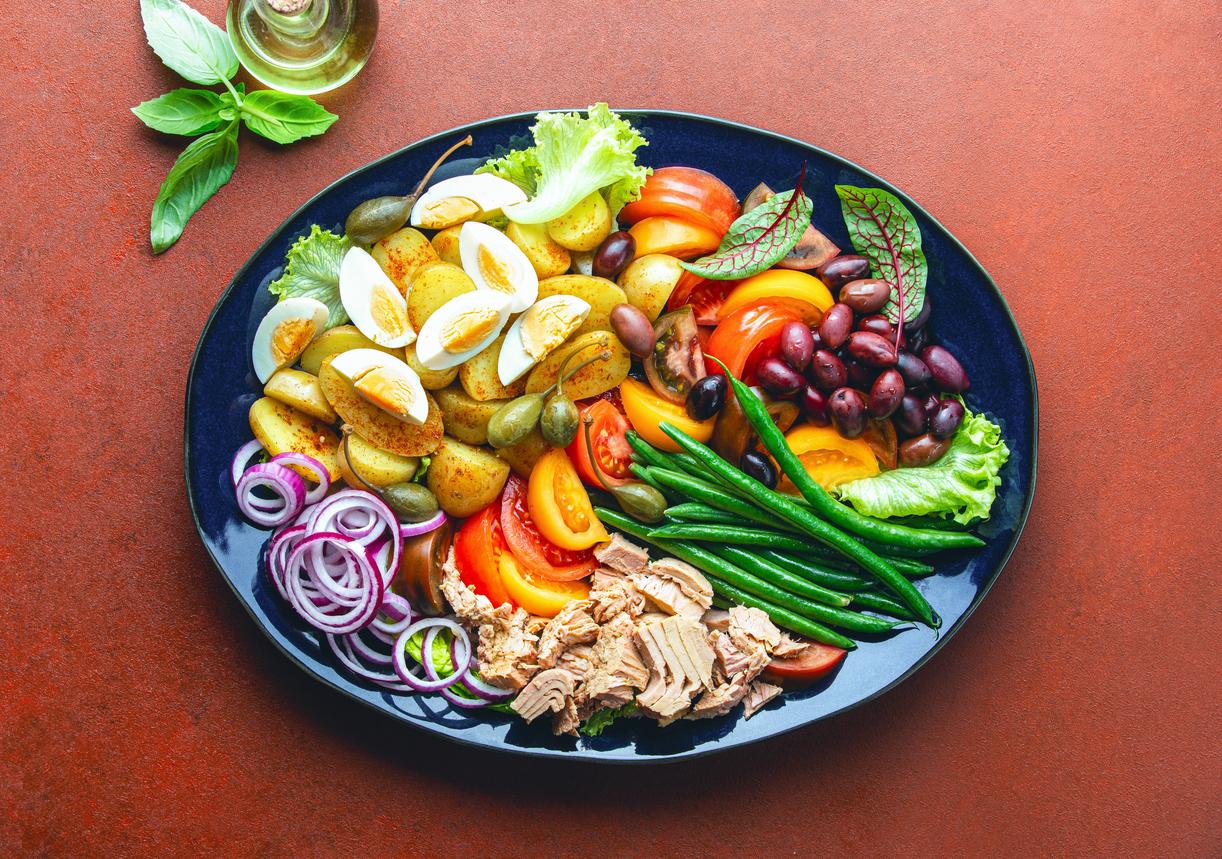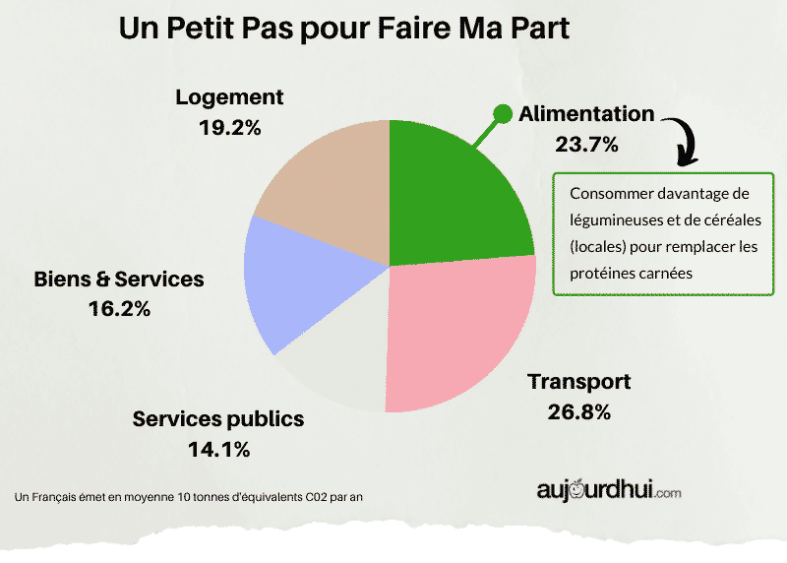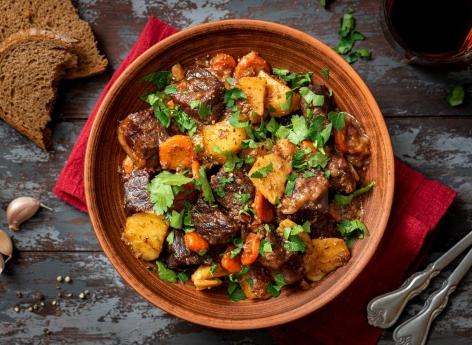During the winter, we tend to think that the body would have greater needs to maintain, among other things, a good body temperature by eating more winter fruits and vegetables for example. This was the case a long time ago but not today… at least with us!
Certainly, mixed raw vegetables and salads are not very popular during this period, but you can simply swap them with soups without potatoes and various vegetables cooked at a low GI. Winter fruits and vegetables all contain carbohydrates and of those, you know, some are good quality and some are less so.
To help you make the right choices and ensure your weight loss even in winter here are the winter fruits and vegetables to favor.
Among the winter fruits with a low GI we find:
- Citrus fruits: clementine, tangerine, orange, grapefruit
- Passion fruit
- Grenade
- Pear
- Apple
Among the winter fruits with medium GI we find:
- Pineapple
- Khaki
- Banana without spot on the skin
- Kiwi
- Litchi
- Mango
For winter vegetables with a (very) low GI:
- Lawyer
- Carrot
- Celery (raw)
- Cabbage
- Endive
- Onion
- Salad
Warning, winter vegetables very popular like squash and parsnips have a high GI (even if their carbohydrate content remains quite low). Always consume them as part of a complete meal and in combination with other low GI foods to limit their impact on blood sugar.
And remember well: avoid at all costs potatoes which have the same impact on your blood sugar as white sugar and sometimes even more!
Warning however to dates and to chestnuts that greatly increase your blood sugar!
How to properly cook winter vegetables
As you probably already know, there are 2 types of meals within the Montignac method :
- The protido-lipidic (PL) meal in which you can use fats for cooking and seasoning as long as you do not exceed 35 at the level of the glycemic indexes. This meal is to be consumed mainly at midday.
- The carbohydrate-protein (GP) meal in which fats should be removed (except those from fish) but where carbohydrates can have a glycemic index of up to 50.
It would therefore be wise to cook your winter vegetables without fat at first: in water, steam, in foil …
Only then is nothing stopping you from brown your winter vegetables in a bit ofolive oil, on the condition of course that they are vegetables with a very low GI and that their consumption is intended for the PL meal.
If you are not a fan of the taste of olive oil, you can also useColza oil for example. However, never use butter for cooking as it will become toxic.
You see, the rule is simple. And always think of spices and different aromatics to season your dishes.
Winter vegetables to cut your appetite
If you feel like you have more appetite, choose dried vegetables (lentils, split peas …) which will more easily satisfy a big hunger without jeopardizing the needle of the scale.
And for good winter dishes such as cassoulets and salted lentils for example, we favors the best cuts of meat (duck leg, lean pieces of pork) and we keep the sausages and other delicacies for the occasional.
Soup is an ancestral dish that has been found all over the world for several millennia. It is also a dish that can be adapted to all meals as part of the Montignac method. You just have to choose the right ingredients! We will talk about it in a future article







